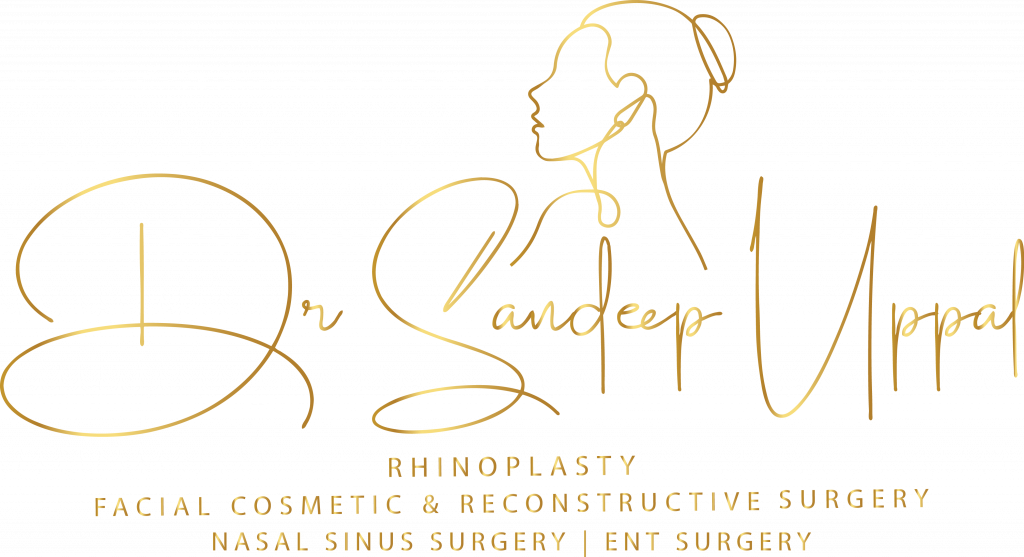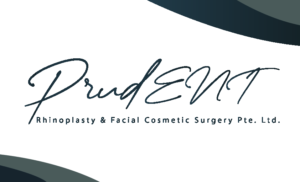A Comprehensive Guide to Skincare and Anti-ageing treatments
A COMPREHENSIVE GUIDE TO SKINCARE AND ANTI-AGING UNDERSTANDING YOUR SKIN Before you begin creating a skincare routine, it’s important to determine your skin type. Identifying your skin type ensures that you choose products that cater specifically to your skin’s needs. Generally, skin types can be categorized as: Dry Skin: Feels tight and may flake, often prone to irritation and redness. Oily Skin: Has a greasy sheen, especially in the T-zone (forehead, nose, and chin), and may be prone to acne. Combination Skin: A mix of dry and oily areas, often with an oily T-zone and drier cheeks. Sensitive Skin: Reacts easily to products, sun, and environmental factors, often appearing red and irritated. Normal Skin: Balanced and not prone to significant dryness oroiliness. Knowing your skin type helps in selecting the right cleansers, moisturizers, and treatments that work best for you. Once you understand your skin, you can start to build a routine based on key skincare ingredients. SKINCARE INGREDIENTS Antioxidants: Antioxidants protect the skin from free radicals and environmental stressors like pollution and UV rays. These ingredients promote collagen production and combat the visible signs of aging. Vitamin C: Boosts collagen, reduces dark spots, and protects from UV damage. Vitamin E: Enhances skin barrier function and works with Vitamin C for added antioxidant protection. Green Tea Extract: Contains polyphenols that reduce inflammation and calm irritated skin. Ferulic Acid: Works well with other antioxidants like vitamins C and E to stabilize and boost their efficacy. Retinol (Vitamin A Derivative): Retinol is one of the most powerful anti-aging ingredients. It promotes collagen production, improves skin texture, reduces fine lines, and can help with acne. How it works: Retinol accelerates cell turnover, making skin appear smoother and firmer over time. Usage: Start with a lower concentration (around 0.25% or less) and gradually increase as your skin builds tolerance. Peptides: Peptides are short chains of amino acids that act as building blocks for proteins like collagen and elastin, which help keep skin firm and elastic. Copper Peptides: Not only do they stimulate collagen production, but they also help with wound healing and reducing inflammation. Hyaluronic Acid: A naturally occurring substance that hydrates the skin, reducing the appearance of fine lines and wrinkles. This powerful humectant draws moisture into the skin, hydrating and plumping it. Hyaluronic acid is often found in serums and moisturizers, providing an instant improvement in the appearance of fine lines. Usage: Suitable for all skin types and works best when applied to damp skin to lock in moisture. Alpha Hydroxy Acids (AHAs): AHAs are water-soluble acids that help exfoliate the skin’s surface, promoting smoother texture and more even skin tone. Glycolic Acid: A smaller molecule that penetrates deeply to improve texture and reduce fine lines. Lactic Acid: A gentler AHA that exfoliates while hydrating, ideal for sensitive skin. Beta Hydroxy Acids (BHAs): Exfoliate the skin and penetrate pores, making them effective for treating acne. Has, such as salicylic acid, are oil-soluble and can penetrate the pores, making them effective for treating acne-prone skin. Salicylic Acid: Unclogs pores and prevents breakouts, while also exfoliating the skin. Niacinamide: A versatile ingredient that improves skin texture, reduces hyperpigmentation, minimizes pores, and strengthens the skin’s barrier function. Additional Benefits: Anti-inflammatory properties make it suitable for sensitive and acne-prone skin. Ceramides: Ceramides are lipids that make up the skin’s barrier. They help to lock in moisture and protect the skin from environmental damage. Strengthen the skin’s barrier, preventing moisture loss and improving resilience. Usage: Essential in moisturizers for dry or compromised skin, especially after exfoliating treatments. SKINCARE PRODUCTS AND ROUTINE Once you’ve identified the ingredients that suit your skin’s needs, it’s time to structure your skincare routine. A typical routine involves a sequence of products designed to address specific concerns. Here’s how to layer your products for maximum efficacy: Cleanser: Start with a gentle cleanser suited to your skin type to remove dirt, oil, and makeup. Look for: Gel-based: Ideal for oily and acne-prone skin. Cream-based: Suitable for dry or sensitive skin. Foaming cleansers: Effective for combination and normal skin types. Toner (optional): A hydrating or clarifying toner can help restore the skin’s pH and prepare it for serums. Serum: Apply serums with active ingredients targeting your concerns (e.g., vitamin C in the morning, retinol at night). Moisturizer: Choose a formula that hydrates and supports your skin barrier. Lightweight gel or lotion: For oily or combination skin. Rich creams: For dry or mature skin. Sunscreen: Apply a broad-spectrum sunscreen (SPF 30 or higher) daily. Sun damage is one of the leading causes of premature aging, so even on cloudy days, sunscreen is essential. Exfoliator (1-2 times a week): Gently exfoliating can remove dead skin cells, but avoid over-exfoliating as it can cause irritation and compromise the skin barrier. Eye Cream: If fine lines, puffiness, or dark circles around the eyes are a concern, an eye cream can be beneficial. Look for products with peptides, caffeine, and hyaluronic acid. Apply a dedicated eye cream to address fine lines, wrinkles, and puffiness around the delicate eye area. Sunscreen: Use a broad-spectrum sunscreen with an SPF of 30 or higher daily to prevent premature aging and skin damage. Masks: Use masks to address specific skin concerns (e.g., hydrating, purifying, brightening). ANTI-AGING TREATMENTS While a good skincare routine can delay signs of aging, professional treatments can help achieve more dramatic results. Laser Skin Rejuvenation: Lasers stimulate collagen production and improve skin texture by targeting deeper layers of the skin. They are used to treat fine lines, wrinkles, hyperpigmentation, and sun damage. Chemical Peels: Chemical peels use acids (like glycolic or salicylic) to exfoliate the top layer of the skin, promoting cell turnover and revealing smoother skin underneath. Microneedling: This minimally invasive procedure uses fine needles to create tiny punctures in the skin, triggering the skin’s healing response and boosting collagen production. Dermal Fillers: Injectable fillers, like hyaluronic acid or poly-L-lactic acid, are used to restore lost volume in areas like the cheeks and under the eyes, reducing the appearance
A Comprehensive Guide to Skincare and Anti-ageing treatments Read More »


